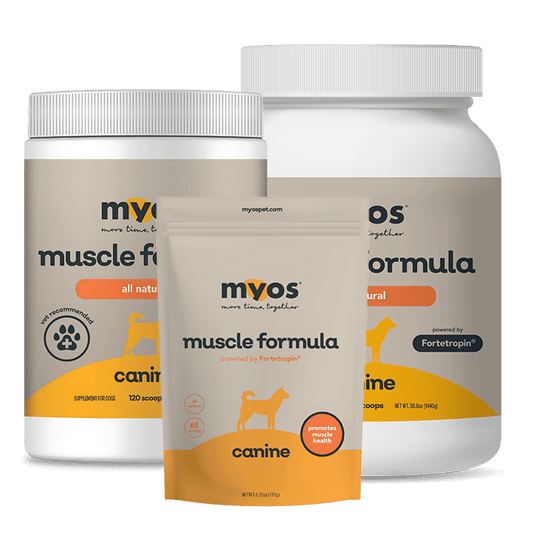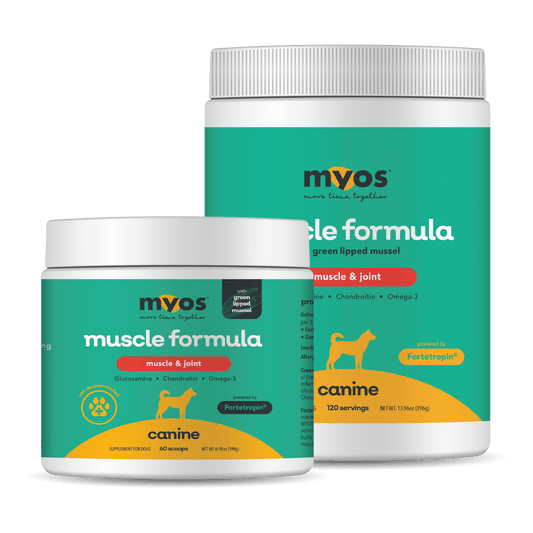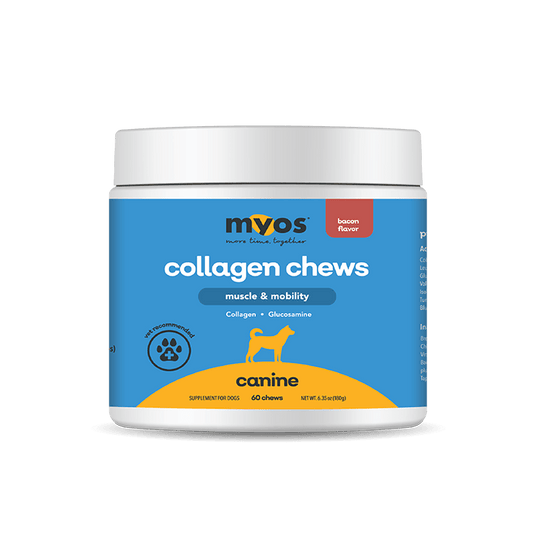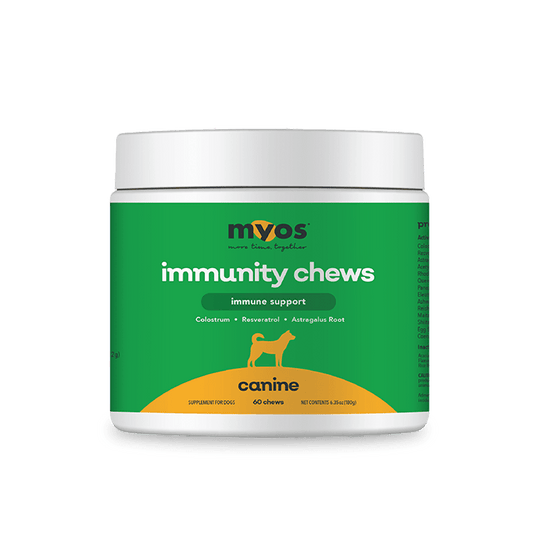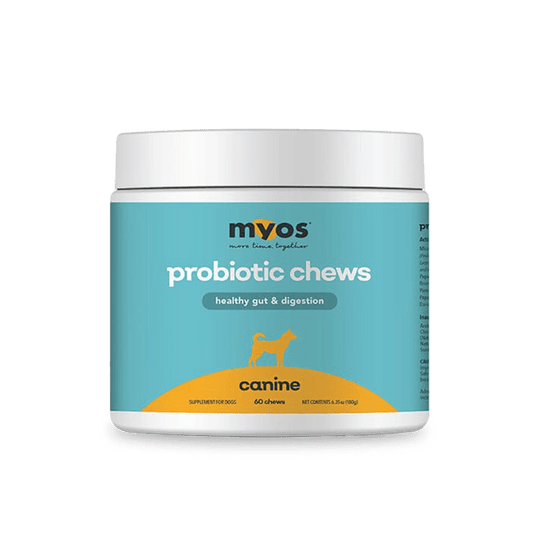Sarcopenia is a musculoskeletal disorder that impacts dogs, typically as a consequence of aging in the absence of an underlying disease. The muscle loss that dogs experience that is associated with sarcopenia is slow and gradual, taking place over the course of years.
Cachexia is a severe musculoskeletal disorder impacting dogs and is typically associated with a serious underlying disease such as cancer, chronic obstructive pulmonary disorder (COPD), chronic kidney disease (CKD) or congestive heart failure (CHF). A number of animal health companies are pursuing research to develop new therapies for sarcopenia and cachexia.
Nutrition can also play an important role in terms of managing sarcopenia and cachexia. Dr. Freeman [1] recently published a review article on sarcopenia and cachexia in dogs. Important nutritional management strategies are discussed below.
- An optimized diet that includes primary pet food, treats, table food and foods used for medication administration can play an important role in managing cachexia and sarcopenia. Practical methods that help an owner manage the appetite of their dog can help the pet avoid anorexia. Anorexia frequently plays a major role in a pet owner’s decision to euthanize their pet.
- Any underlying health issue that can impair food intake should be addressed. For example, dental diseases can lead to severely reduced food intake in a dog that is otherwise healthy. Severe pain can impact an animal’s mobility, leading to reduced food intake. In households where there are multiple pets, a pet that is relatively frail and/or timid can be forced out of access to the food bowl.
- A brief diet screening should be performed by your veterinarian on a regular basis, particularly with animals with risk factors (geriatric dogs).
Frequently, homemade diets are not complete and balanced. Over-the-counter (OTC) diets in the United States are typically accompanied by a nutritional adequacy statement such as “(Name of product) is formulated to meet the nutritional levels established by the AAFCO [Association of American Feed Control Officials] Dog Food Nutrient Profiles” or “Animal feeding tests using AAFCO procedures substantiate that (Name of Product) provides complete and balanced nutrition for Dog.” Diets that are not completed and balanced may contribute to further muscle loss.
- Diet screenings performed by a veterinarian frequently reveal that a dog overall diet becomes unbalanced due to a large proportion of calories from pet treats, raw hides and “people food” even though the commercial pet food maybe balanced and complete.
- Caloric information is not required on pet food labels and so owner’s need to be aware that they can be inadvertently changing caloric intake to a major degree when they switch from one brand of pet food to another brand. Commercial pet food products (including senior pet food) vary widely in terms of protein per serving that they provide animals with.
- Small but frequent meals can be an effective approach in terms of increasing food intake for a pet suffering from an illness. Flavor enhancers can be useful to encourage eating as well in addition to experimenting with different food temperatures.
- Supplementing the diet of the pet with fish oil (a rich source of omega-3 fatty acids) can help reduce levels of inflammatory cytokines; elevated inflammatory state is typically associated with cachexia.
References:
1. Freeman, L. M. "Cachexia and sarcopenia: emerging syndromes of importance in dogs and cats." Journal of veterinary internal medicine 26.1 (2012): 3-17.

